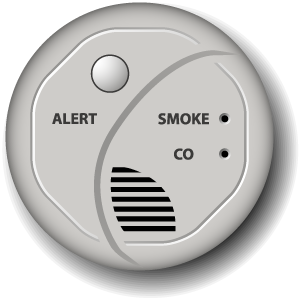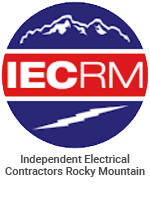Why Should You Use a Combination Smoke and Carbon Monoxide Detector?
Smoke detectors and carbon monoxide detectors are essential parts of your home’s safety system. In fact, it’s required to have both installed in various locations in new homes. But even if electrical code didn’t require these important safety devices when your home was built, our team recommends bringing your house up to current standards.
The question of what type of detectors (technically referred to as ‘alarms’) to use, and where to install them, can be answered by an experienced, licensed electrician. This is where combination alarms, which sense both carbon monoxide and smoke, can save you time and money. In this blog we’ll take a closer look at these alarms, and the applications where combination detectors are normally used.

What Is a Combination Smoke & CO Detector?
As the name implies, a combination alarm provides both smoke and carbon monoxide detection in a single device. In areas in the home where the NEC (National Electrical Code) requires both types of alarms, they’re an ideal option when it comes to annual maintenance and installed cost – as well as from an aesthetic standpoint!

Different models of combination detectors are powered in a variety of ways. Depending on the model, they can be hardwired into your home’s alarm system, with many of these units having a battery backup feature in case of power outages. There are also alarms that are 100% battery-powered. The types of batteries used may vary, with standard alkaline batteries fairly common. Lithium batteries, supplying ‘lifetime’ power for the effective life of the detector, continue to grow in popularity with many homeowners. There are also wireless models available. This is a topic we’ll get into deeper in a separate blog in the near future.
In the Denver-Boulder area, you can trust our team to listen to you carefully and answer all your questions about smoke and CO detectors in a patient, informative, low-pressure manner.
Benefits of a Combination Detector Include:
- Meet current safety code requirements in all areas of your home
- Combo. detectors save on installation time
- Provide a more discreet aesthetic with fewer devices
- Reduced annual maintenance time with two features combined in one unit
- Replacement of just a single device instead of two, when the time comes
National Electrical Code for Smoke and Carbon Monoxide Detectors

Maintenance and Replacing Combination Detectors
Regular Maintenance
To make sure your smoke, CO, and combination alarms continue to work effectively for their full lifetimes, regular routine maintenance of these important safety alarms in your home cannot be understated. The focus of routine maintenance of these safety devices is regular cleaning and testing, and virtually all manufacturers recommend in writing that you should perform these important tasks monthly. To many of our customers who may have been under the impression that this should be done annually, please make special note.
Your overriding guide for this maintenance work should be your owner’s manual, which can usually be found online if you can’t locate the small, folded up paper that originally came with your alarms. There are, however, many directions in common that apply to most of these units. These include visual inspection for signs of damage or aging; cleaning very gently using the brush attachment of a vacuum cleaner or a small can of compressed air made for blowing out computers; making sure to not let the unit get wet, or use detergents or solvents; replace batteries per manufacturer instructions; and, operate the ‘test’ button regularly.
Replacing Your Detector
In order to help ensure proper, reliable protection for your home, the nationally (and internationally) recognized industry authority the National Fire Protection Association (NFPA) recommends replacing residential combination smoke and CO alarms every seven to ten years, depending on the model. In some cases, your alarm may begin to show signs that it’s time for it to be replaced sooner.



Common signs that your combination alarm should be replaced
- The exterior of the alarm is yellowing or cracked
- No response when pressing the ‘test’ button on the unit
- Frequent chirping sound that is not associated with the ‘replace battery’ feature (some units emit a specific sound when it’s time to be replaced; see your owner’s manual)
- It triggers for no reason
- The unit is over 10 years old!
Expert Smoke & CO Detector Installation for Denver-Boulder Homes
In the Denver-Boulder area, please contact our highly skilled, expert electrical team for all your home smoke and carbon monoxide detector needs. You can rely on our clear knowledge of electrical code, our years of experience, and our strong commitment to professionally serving your needs every time you give us the opportunity to work in your home.
Please contact me to provide a free smoke & carbon monoxide detector install quote!
Tags: Electrical, Heating



